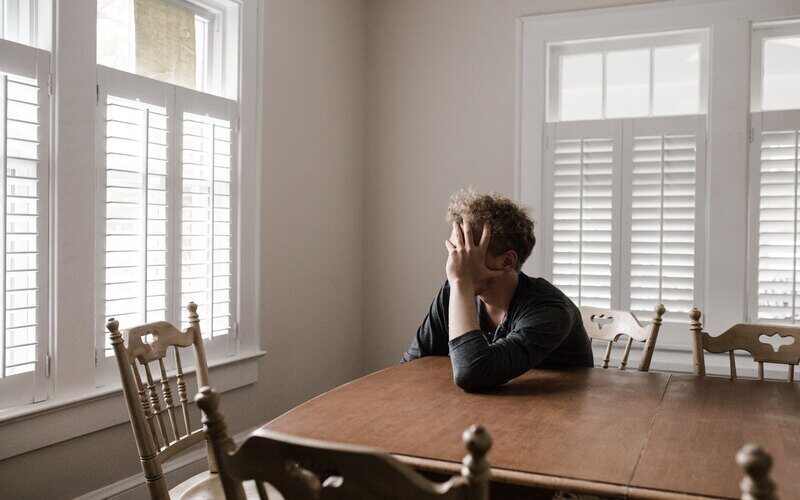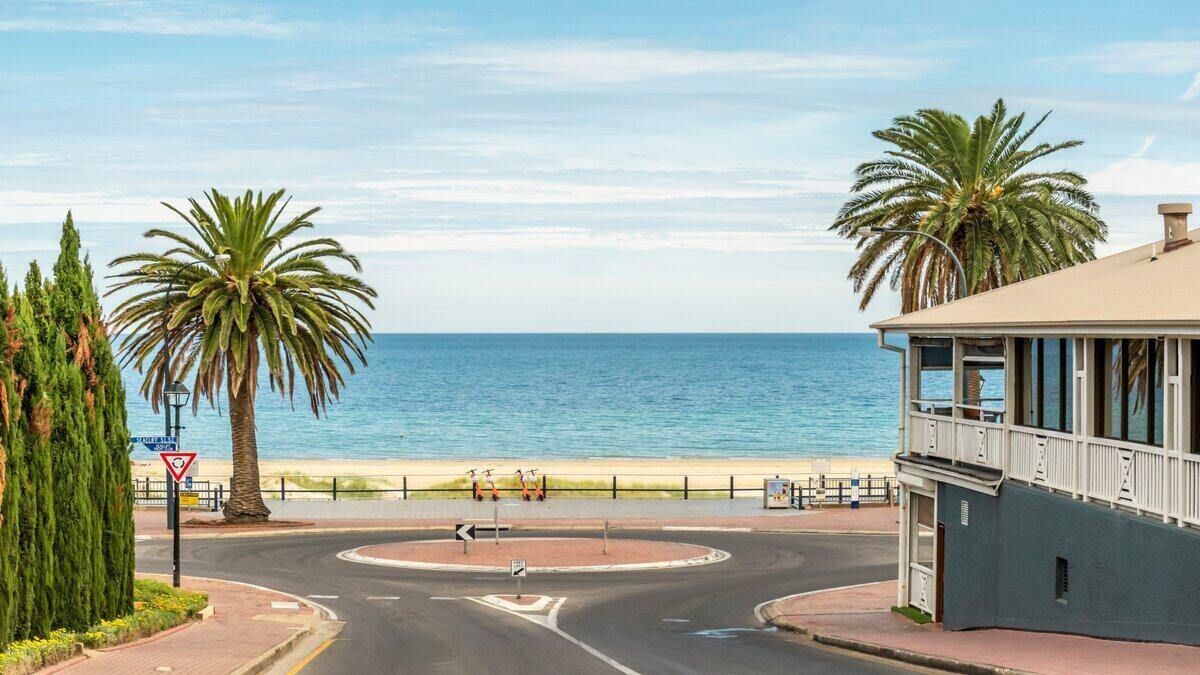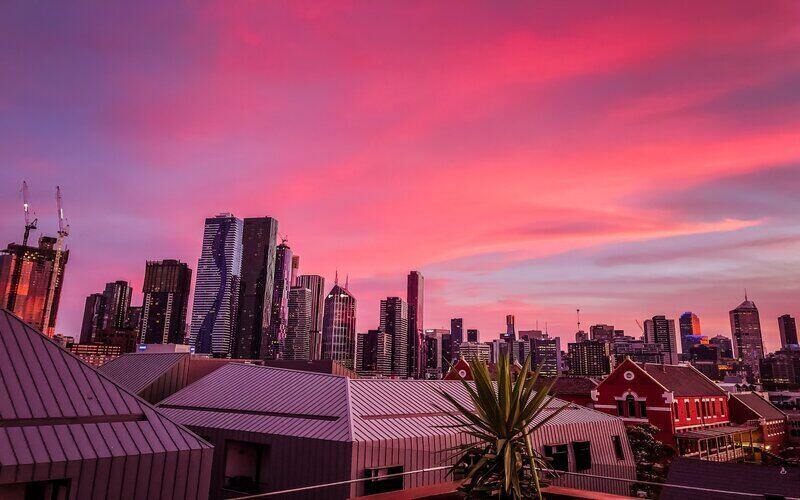Whether you’re a property bull or a property bear, ‘housing bubble’ is a popular term. But there’s fierce debate over whether Australia is in one or not. Australia went nearly 30 years without a technical recession, and in that time house prices went from a $121,000-odd median ($235,000 in today’s money), to more than $700,000 across the capital cities. In that time, the Reserve Bank cash rate went from nearly 18% to just 0.10% today. So, what gives? Are we in a flipping housing bubble or not?
What is a housing bubble?
In its simplest definition, a housing bubble is the run-up of house prices driven by demand and speculation. The bubble can get so big so as to rate house prices ‘overvalued’. As bubbles are formed, they float through the sky all pretty like. However, they pop eventually, and in housing, that’s generally due to stagnating demand, sometimes mixed in with increased supply.
The overarching law of economics is the supply/demand theory. Note, ‘supply’ isn’t necessarily always part of the housing bubble definition. The latest Australian Bureau of Statistics (ABS) data indicates 44,000 homes were built in the September 2020 quarter, yet house prices across the capital cities increased, on average, by more than $5,000. Go figure - it’s not as black and white as it seems.
Think of a housing bubble like a hot nightclub. There’s people waiting to get in - they’re the people yet to enter the market. They’re all cold and shivering and moody standing in line. Then there’s the people inside - they’re the people who have at least paid a house deposit and have a mortgage. Most are having a great time.
If the nightclub gets too full (the bubble gets too big), the rowdier bunch get kicked out e.g. those who default on their mortgage. Too many expensive Jagerbombs (mortgage rate rises) can also turn people off, and in addition, the people waiting in line get tired and give up (lower demand). And that is how a bubble could start to burst.
Identifying a housing bubble
Yale University economics professor Robert Shiller made a ‘bubble checklist’ in 2010:
-
Sharp increases in the price of an asset like real estate or shares
-
Great public excitement about said increases
-
An accompanying media frenzy
-
Stories of people earning much money, causing envy among people who are not
-
Growing interest in asset class among the general public
-
”New era” theories to justify unprecedented price increases
-
A decline in lending standards
Australia arguably ticks at least six, or even seven of these points. So, the question on everyone’s lips - is Australia in a housing bubble? The answer isn’t so simple.
See Also: Australian House Prices Over 50 Years: A Retrospective
Is Australia in a housing bubble?
In 2014, economists at the Reserve Bank of Australia (RBA), Peter Tulip and Ryan Fox, released a paper examining if Australian property was overvalued. Mr Tulip and Mr Fox used the yardstick of whether or not it was more expensive to own a home than to rent. The RBA paper concluded that Australian housing was not overvalued.
However, there are many measures you can use to determine if the housing market is in a bubble. And as usual, experts can twist the data around to suit their narrative (not saying that’s the case with the high and mighty RBA, of course).
-
The Economist in 2013 used a price-to-income methodology, and concluded that Australian housing was 24% overvalued.
-
When the publication looked at price-to-rent ratios against long term averages, it found prices were as much as 46% overvalued.
Imagine house prices halving! However, 2013 and 2014 was ages ago - how about now?
David Smith, chief customer officer for retail financial services group Aussie, says there are no “apparent signs of any bubbles yet”.
“The housing market moved through one of the largest and longest periods of economic uncertainty seen in generations – possibly one of the most defining moments in property we will see in a lifetime. But even during enormous uncertainty, the Australian housing market has remained buoyant,” he said.
But how could Australian housing withstand a global pandemic and the worst recession ‘on record’ (data goes back to the 1950s)?
“Other factors such as personal income tax cuts, the low number of coronavirus cases across Australia leading the border openings, as well as better than expected unemployment levels, will continue to lift borrower confidence over 2021,” Mr Smith said.
Is that… is that a bubble?
Not to confuse a bubble with overvalued property…
The old mantra in Australia is ‘housing prices double every seven to 10 years’. Stop and think about that for a second. Is the median house price going to cost in excess of $44 million by 2100? Don’t think so. Unless you’re willing to pay me $7.3 million a year median wage (house price six-times income) by then.
Deakin Business School associate professor of property and real estate Adrian Lee told Savings.com.au it could be more of a case of simple house price rises than bubble economics.
“House price increases may not necessarily be bubble activity. If it is a bubble, then it’s been … a 20 year bubble. It’s been an incredible trajectory we’ve had in the past two decades,” he said.
Assoc Prof Lee also said the strongest growth is in the cities, and as Australia is a heavily urbanised country (i.e. most people live in big cities), strong price growth in cities could be misconstrued as a bubble.
“This is not a unique case to Australia. So many other big cities have experienced this. In China, Singapore, in the US, London … Toronto in Canada have all these big house price increases so it’s not an isolated event,” he said.
“Cities are very attractive to people to live in… ‘agglomeration’ it’s called - big cities have a lot of benefits and people will try to make it work there.”
Chief Economist of fund manager BetaShares David Bassanese hinted that Australia is not in a housing bubble currently.
“Based on current interest rates, national house prices would have to rise by 25% from June quarter levels to reduce mortgage affordability to the average level since mid-2004. For affordability to be reduced to the recent lows in 2010 and 2017, house prices would have to rise by 35%,” he said.
“History suggests that the way the market will find equilibrium under these circumstances is through a lift in house prices, until mortgage affordability for the marginal buyer is reduced to at least the long-run average – if not pushed to previous trough levels if a bubble mentality develops.”
While Australia might not be in a property bubble in the strictest sense, ‘overvalued’ property seems to be more of an issue affecting homebuyers.
And not to confuse mortgage serviceability with housing affordability…
The price-to-income ratio of housing really took off after the year 2000, particularly in Sydney, as seen in the video below. One could argue the quality (at least the size) of housing also improved. ABS data indicates floor area increased 6% from 234 sq m in 2005, to 248 sq m in 2020. We’re also building bigger houses on smaller blocks. Average block size in Sydney for example decreased 42% from 654 sq m in 2005 to 447 sq m in 2020. Even the ‘slowest’ decliner, Adelaide, declined in block size by 16%. CommSec also said the average floor plan size of a new build was at an 11-year high at 235 sq m.
As demonstrated by Jonathan, the self-confessed data visualisation enthusiast behind Datamentary, mortgage serviceability is pretty much better than it’s been in the last 20-odd years. BetaShares' modelling shows overall national home loan affordability is at its best level since March 2002. It found 26.2% of after-tax income would have to be devoted to meeting average mortgage repayments on a 25-year loan, compared with the long-run average of 32.8% since 2004.
However, that does not mean affordability is necessarily better. As the National Housing Finance and Investment Corporation’s (NHFIC) first flagship housing report said, housing affordability has “deteriorated substantially” in recent decades.
“NHFIC analysis shows households in the third income quintile living in the greater Sydney region can now only afford 10% of properties, compared with 25% in 1998,” the report said.
A report from Domain found it takes up to six-and-a-half years to save for a house deposit - up 2.6% on a year ago. This calculation was based on an ‘entry level’ home price, which Domain determines to be $680,000 in Sydney, and as low as $362,500 in Darwin, which sits at three years and one month to save for a house deposit.
Once you’ve paid the exorbitant cover charge (house deposit), you get $3 basics all night (a cheap mortgage), potentially at the expense of other club-goers waiting to get in.
What do governments do to ‘protect the bubble’?
There are various government policies that are designed to address housing affordability, but could instead fuel speculation and induce demand:
-
Moving to a land tax from stamp duty
How good is that! Free money! Hold your horses, not quite. While these policies at a micro level obviously provide a leg up for home buyers, at a macro level they induce demand. Any hurdle knocked down for you, could subsequently be a hurdle for someone running behind you to jump over.
To quote urban planning expert Dr Cameron Murray: “If you want more housing, you build it. Instead, governments tweak the funding settings for social housing, tweak rules about town planning, buy equity in homes, and provide cash gifts to homebuyers.”
The NHFIC’s paper - mentioned earlier - also said: “A lower period of housing demand due to the global pandemic presents an opportunity to revisit housing policy frameworks – particularly planning frameworks – to ensure that policies can accommodate future population growth without adverse consequences for affordability.”
Does this spell the end of government stimulus given as a guise to build up housing demand? Maybe not.
Could you imagine the Government releasing a ‘First Share Builder’ grant? Hypothetically, they’d give you $10,000 to purchase any shares … say from BHP. Think about how fast that share price would skyrocket. And to double down, imagine if you could leverage your shares by taking out a loan. Your $10,000 investment could be leveraged to buy $200,000 worth of shares (you can leverage shares using derivatives or margin loans, but that’s another story). When painted like this, government meddling in the housing market sounds truly bananas.
But you can’t live in shares, so there’s always going to be intrinsic value in housing. This is why the Government seems intent on propping it up.
If the housing industry were to truly tumble, it would take a huge bite out of Australia’s economy. According to the Property Council of Australia, over one in four wages in Australia rely on the property industry, with the sector employing more people than any other, whether that’s tradespeople, real estate agents, construction workers, mortgage brokers, banking staff, insurance workers, solicitors and so on.
Touching on the RBA’s 2014 paper again, it assumes government programs and policies are “small enough to be ignored”. Indeed, government tinkering throws another spanner in the ‘value’ equation, which is complex enough for RBA economists to gloss over. It’s difficult to truly quantify how government ‘handout’ policies actually influence house price speculation, but that doesn’t stop the pundits from trying.
Effects of low interest rates on house prices
Without a doubt, the mac daddy of levers to pull is the RBA cash rate. This lever arguably fuels demand, hype, and speculation more than any hunks of flesh the Government throws out to the rabid dogs in the housing world.
BetaShares' Mr Bassanese said cutting the cash rate can help fuel speculation.
“What we know from history is that when mortgage rates drop, new home buyers don’t just pocket the savings – they simply bid more for properties as their affordability limit has improved,” he said.
“Helping support a likely lift in house prices, moreover, is the RBA’s commentary that they will not to lift interest rates for up to three years – or not before there’s been a notable rise in consumer price inflation into the 2 to 3% target band.”
Assoc Prof Lee also said it’s the flipside of the interest rate coin that can push people into property.
“There's nowhere else to park your money … people will will look for other places if their transaction or savings account doesn't earn any interest. There's not many other alternatives,” he said.
Again, even the RBA has explored the topic in-depth. RBA researcher Gianni La Cava in 2016 released a paper (here - PDF) exploring the topic in the context of the United States.
“The fall in nominal interest rates over the 1980s and 1990s raised the demand for housing and pushed up housing prices and rents (relative to non-housing prices) in supply-constrained areas,” Mr La Cava argued.
“I estimate that the long-term decline in interest rates can explain more than half the increase in the share of nominal income spent on housing since the early 1980s. It is surprising how little research there has been on the link between monetary policy and inequality via the housing sector.”
It appears Australia rapidly fell to its nadir of housing unaffordability from 2010 to 2017, coinciding with Reserve Bank cutting the cash rate more than three percentage points from 2011 to 2019. This also coincides with a solid economic run for Australia.
Now that Australia has faced a recession in 2020, there aren’t many more levers to pull, with the cash rate now at 0.10%. This has resulted in a few more exotic policies the RBA has enacted to keep the economy inebriated liquid, but we won’t get into them today. (Cough… quantitative easing and the term funding facility … cough).
Just for entertainment, Savings.com.au has compiled a graph showing the relationship between Reserve Bank interest rates, and the median prices of the eight capital cities. If you inverted the cash rate line, the data would straddle each other!
Examples of housing bubbles around the world
The two most prevalent and recent housing bubbles to occur were in the United States between 2006 and 2011, and Ireland between 2007 and 2013.
In the US' case, aggregated prices in the five years prior to Q1 2006 rose 54.1%, according to an NTNU Business School paper released in 2017 (here - PDF). In the five years after, to Q4 2011, prices had declined 37.1%.
Swings were harsher in Ireland. Prices there in the five years up to Q1 2007 rose 52.9%. By Q1 2013, prices had declined 51.6%. There were different factors at play in each country’s bubble, but they coincided with and were catalysts for the global financial crisis.
Savings.com.au’s two cents
It’s difficult to say whether Australia is in a housing bubble or not. If it is in a bubble, it’s a bloody long one, starting around the year 2000. Australia’s housing bubble, if there is one, might ultimately be ‘too big to fail’. Too many jobs, livelihoods, and wealth are tied up in bricks and mortar. In Australia we can also see that ‘overvalued’ does not necessarily mean ‘bubble’, and the market seems unlike recent bubbles seen in other countries. Additionally, mortgage serviceability is not to be confused with housing affordability. Nonetheless, the next decade will be the one to watch when it comes to house prices.
Article first published 16 December 2020, last updated 1 March 2021.
Photo by R Architecture on Unsplash

Ready, Set, Buy!
Learn everything you need to know about buying property – from choosing the right property and home loan, to the purchasing process, tips to save money and more!
With bonus Q&A sheet and Crossword!
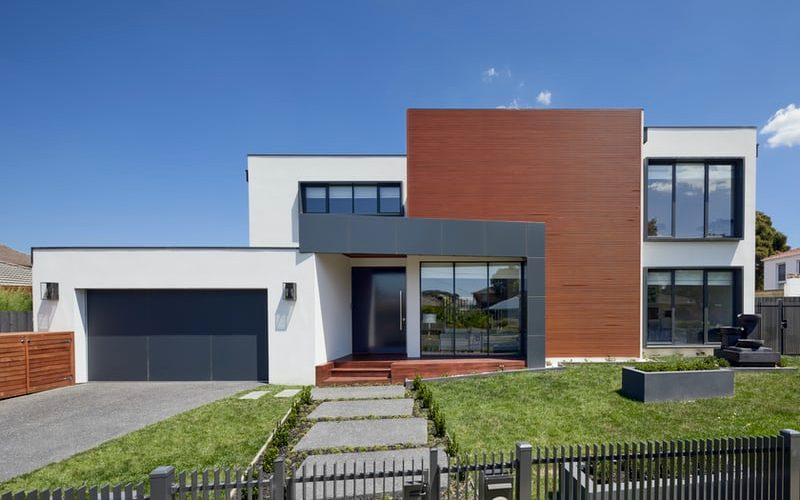
.jpg)

 Harry O'Sullivan
Harry O'Sullivan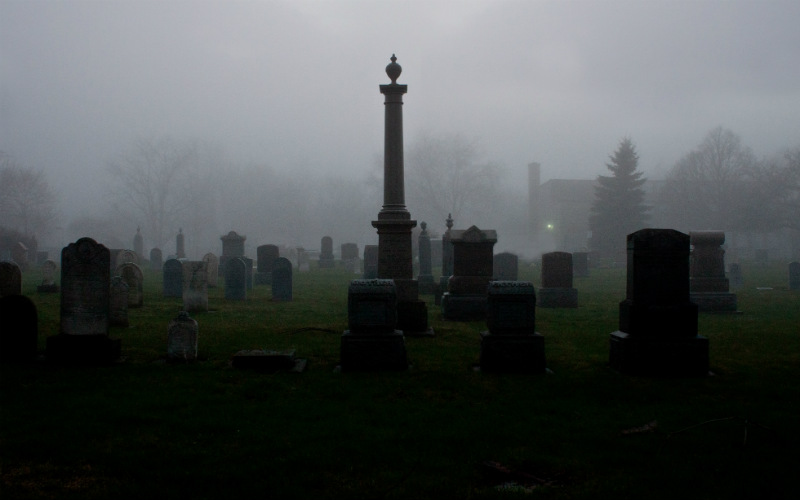
 William Jolly
William Jolly